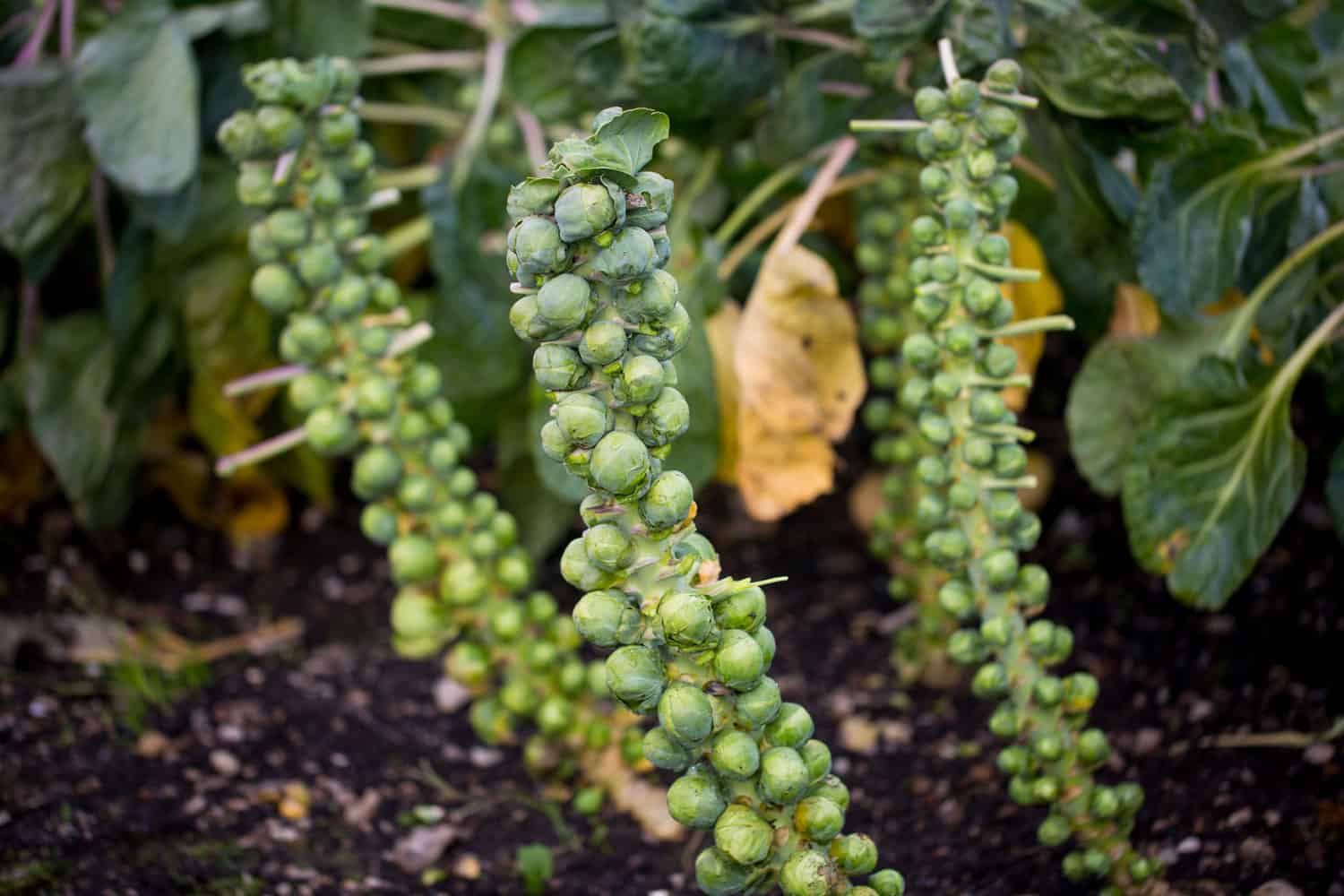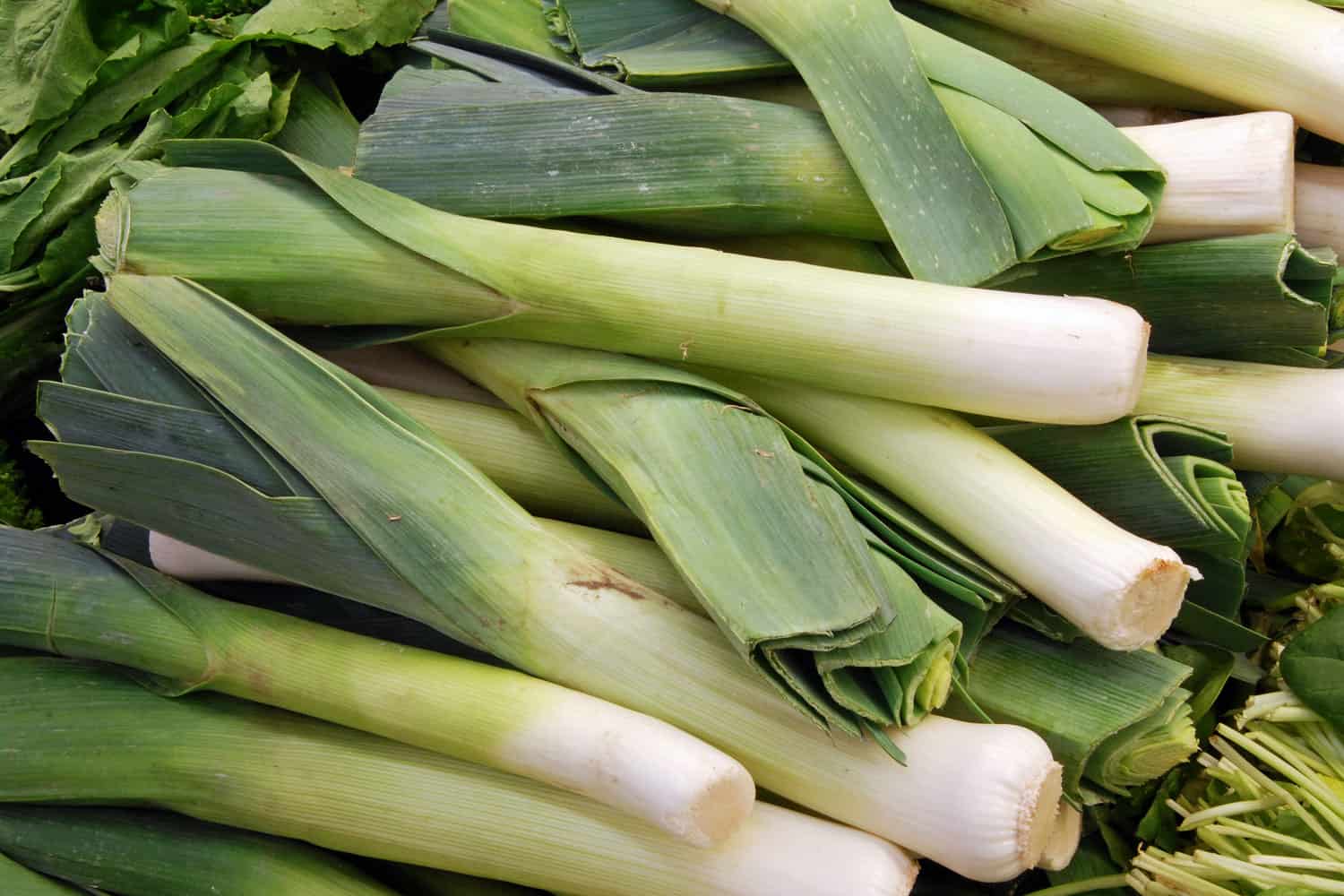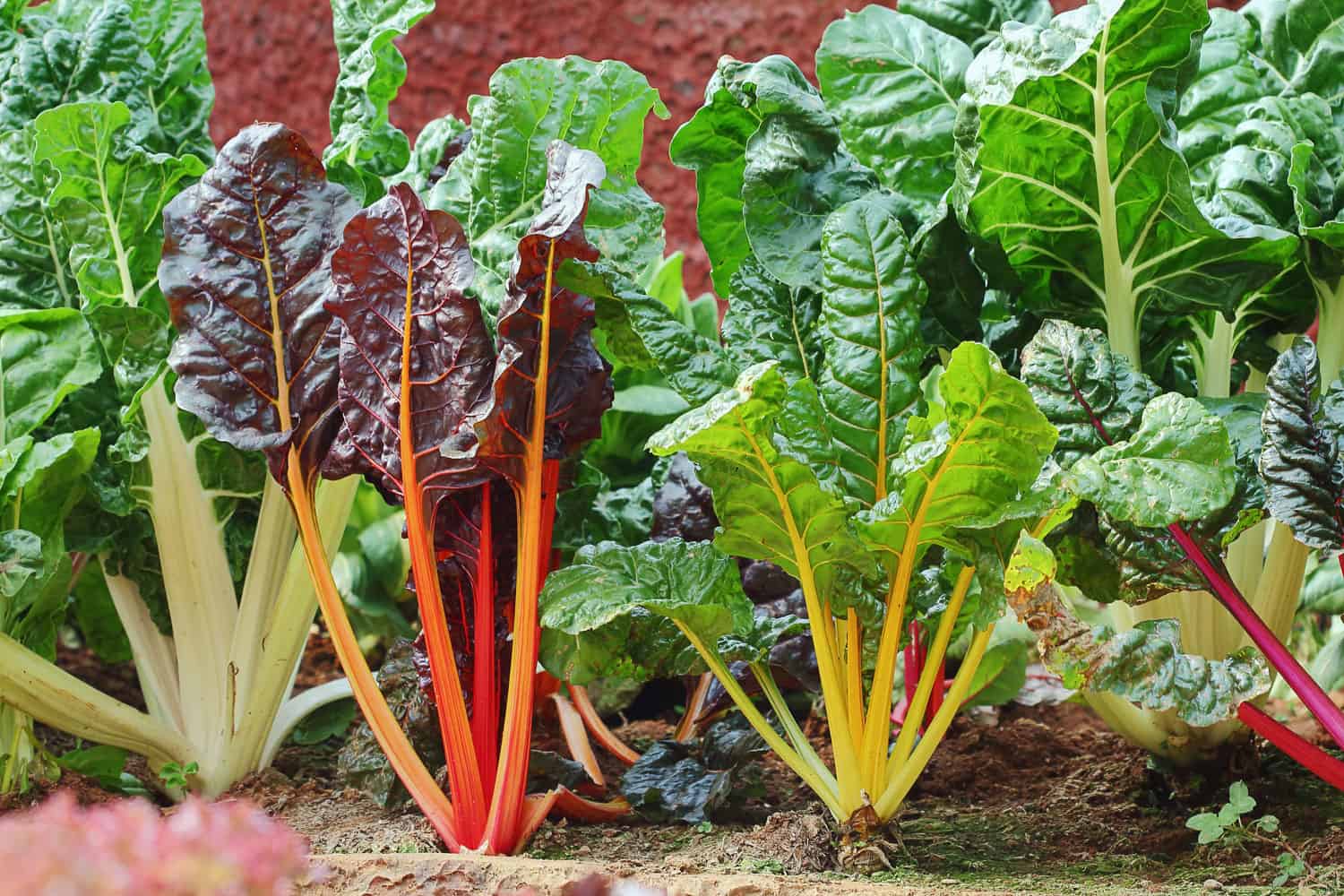As the chilly winds blow, you might think it's time to hang up your gardening gloves. But guess what? Winter doesn't have to be a barren season in your garden.
Even during the coldest months, your garden can be a treasure trove of delicious, homegrown produce.
This article will teach you about seven fantastic cold-weather vegetables that survive and thrive in lower temperatures.
We'll walk you through each step, from planting to harvesting, so you can enjoy a lush, green garden even when the rest of the world is hibernating.
Ready to transform your winter blues into a green wonderland? Let's get started!
Understanding Cold-Weather Vegetables
When it comes to gardening in the winter, it's essential to understand the temperature needed for cold-weather vegetables.
Cool-season crops, including carrots, can withstand light freezes of 28 to 32 degrees Fahrenheit.
Even hardier vegetables such as cabbage, kale, and more can tolerate moderate freezes between 24 to 28 degrees Fahrenheit.
These temperature tolerances make them suitable for winter gardening, as they can survive and even thrive in cold weather conditions.
Here are some characteristics of cold-weather vegetables:
- They have a short growing season: Most cold-weather vegetables have a growing season of 60 to 90 days. This means they can be planted in late summer or early fall and harvested in winter.
- They are nutrient-dense: Cold-weather vegetables contain lots of nutrients such as vitamins, minerals, and antioxidants that can boost your immune system during winter.
Importance of Winter Harvest
Grow your vegetables this winter for a rewarding experience. Harvesting extends your growing season and cuts grocery costs, as homegrown produce is fresher and more flavorful than store-bought alternatives.
Winter gardening also offers a fantastic educational and stress-relieving activity for the whole family, promoting healthy eating and a closer connection with nature.
7 Vegetables to Grow in Winter
There are plenty of options to grow cold-weather vegetables for a winter harvest. Here are seven vegetables that can thrive in colder temperatures:
Kale
Kale stands out in winter gardens, known for its resilience to frost and ability to grow in cold conditions. This leafy green shows a remarkable improvement in flavor after a frost, becoming sweeter.

Kale can be harvested multiple times throughout the winter, as picking the outer leaves encourages further growth.
Its culinary uses are diverse, ranging from being a fresh salad ingredient to a hearty addition to soups and stews.
Brussels Sprouts
Brussels sprouts are a winter favorite, maturing well in cold weather. These small, round vegetables grow on a stalk and are known for their unique growth pattern, sprouting along the length of a vertical stem.

They reach peak flavor after a few touches of frost, developing a nuttier and sweeter taste. Brussels sprouts are versatile in cooking, suitable for roasting, steaming, or sautéing.
Cabbage
Cabbage is a winter-hardy vegetable that flourishes in cooler temperatures. It can withstand frost, making it ideal for late-season harvesting. Cabbages vary in color, from green to red, and in shape, from round to flat.

It can be fermented into sauerkraut, used fresh in salads, or cooked in a variety of dishes.
Carrots
Carrots, a root vegetable, can be left in the ground and harvested throughout winter.

Carrots become sweeter after a frost as the cold converts starch into sugars. They come in various colors beyond the familiar orange, including purple, yellow, and white.
Leeks
Leeks, a relative of onions and garlic, are well-suited for winter gardens. They have a long growing season and can be left in the ground until ready to use.

Leeks are known for their mild, onion-like flavor, which becomes sweeter and more pronounced after a frost. They are a staple in winter soups and stews, adding depth and flavor.
Parsnips
Parsnips are another root vegetable that excels in cold weather. Like carrots, they become sweeter after a frost, making them popular for winter harvesting. Parsnips have a creamy white color and a distinctive, slightly spicy flavor.

They are versatile in cooking, used in everything from roasting and mashing to adding a sweet, earthy component to soups.
Swiss Chard
Swiss chard is a leafy green that stands up well to colder temperatures. It features brightly colored stems in shades of red, yellow, and white, adding color to winter gardens.

Swiss chard can be harvested continuously throughout the season, with new leaves growing back after cutting. It's a great addition to various dishes, bringing color and a mild, earthy flavor.
Ready to transform your winter garden into a vibrant, nourishing haven, even in the heart of Zone 2's chill? Dive into our comprehensive article: 15+ Best Winter Vegetables To Grow In Zone 2
Preparing Your Garden for Winter Planting
Before you start planting cold-weather vegetables, preparing your garden for the winter season is essential. Here are some tips to get you started:
Clear Out Debris
First, you need to clear out any debris from your garden. Remove any dead plants, weeds, and fallen leaves.
This will help prevent pests and diseases from spreading and provide a clean slate for your new plants.
Improve Soil Quality
Next, you should improve the quality of your soil. Cold-weather vegetables require well-draining soil that's rich in organic matter.
You can add compost, manure, or other organic materials to your soil to improve quality.
Protect Your Plants
Winter weather can be harsh on plants, so protecting them from the elements is essential. You can use row covers, cloths, or plastic to cover your plants and keep them warm.
You can also use mulch to insulate the soil and protect the roots of your plants.
Choose the Right Vegetables
Finally, you need to choose the suitable vegetables for your winter garden.
Maintaining Your Winter Vegetable Garden
You have successfully planted your winter vegetable garden; now it's time to maintain it. Here are a few tips to keep in mind:
Keep an Eye on the Weather
Winter weather can be unpredictable, so keeping an eye on the forecast is essential.
Cover your plants with blankets or tarps to protect them if there's a chance of frost or snow. You can also use cold frames or hoop houses to warm your plants.
Water Your Plants Regularly
Just because it's cold outside doesn't mean your plants don't need water. Make sure to water them regularly, but be careful not to overwater.
Too much water can lead to root rot, which can be fatal for your plants.
Use Mulch to Keep Your Plants Warm
Mulch is a great way to keep your plants warm during winter. It helps to insulate the soil and protect the roots from the cold. You can use various materials for mulch, including straw, leaves, and shredded bark.
Harvest Your Vegetables Regularly
Harvesting your vegetables regularly not only ensures that you have fresh produce but it also helps to promote new growth. Be sure to pick your vegetables before they freeze or become damaged by frost.
Rotate Your Crops
Rotating your crops is vital for maintaining a healthy garden. It helps to prevent soil-borne diseases and pests from building up in the soil. Rotate your crops yearly to keep your garden healthy and productive.
Keep an Eye Out for Pests
Just because it's cold outside doesn't mean pests aren't a problem. Watch for common winter pests like aphids, spider mites, and whiteflies. You can use insecticidal soap or neem oil to control these pests.
Consider Planting Cover Crops
Cover crops are a great way to protect your garden from erosion and add nutrients to the soil. Winter rye, wheatgrass, and legumes like alfalfa and hairy vetch are all great options for cover crops.
Harvesting and Storing Your Winter Vegetables
Congratulations on growing your cold-weather vegetables! Now it's time to harvest and store them properly so you can enjoy them all winter long. Here are some tips to help you get the most out of your winter harvest:
Harvesting
- Harvest your vegetables on a dry day when the soil is not too wet.
- Use a sharp knife or scissors to cut the vegetables from the plant, leaving a little bit of stem attached.
- Be gentle when handling your vegetables to avoid bruising or damaging them.
- Please don't wait too long to harvest your vegetables, as they may become overripe and lose flavor.
Storing
- Different vegetables need different storage conditions. Temperature and humidity are the main storage factors to consider.
- For long-term storage, you can use the combinations:
- Cool and dry (50-60°F and 60% relative humidity)
- Cold and dry (32-40°F and 65% relative humidity)
- Cold and moist (32-40°F and 95% relative humidity)
- You can store your vegetables in a root cellar, garage, basement, or spare refrigerator.
- Check your stored vegetables regularly for signs of spoilage or rot. Remove anything that is going wrong to prevent it from spreading to others.
Are you worried about early frost damaging your garden? Fear not! Our latest article, 7 Simple Hacks For Protecting Your Garden From Early Frost, is here to help.
